Mar 13, 2025
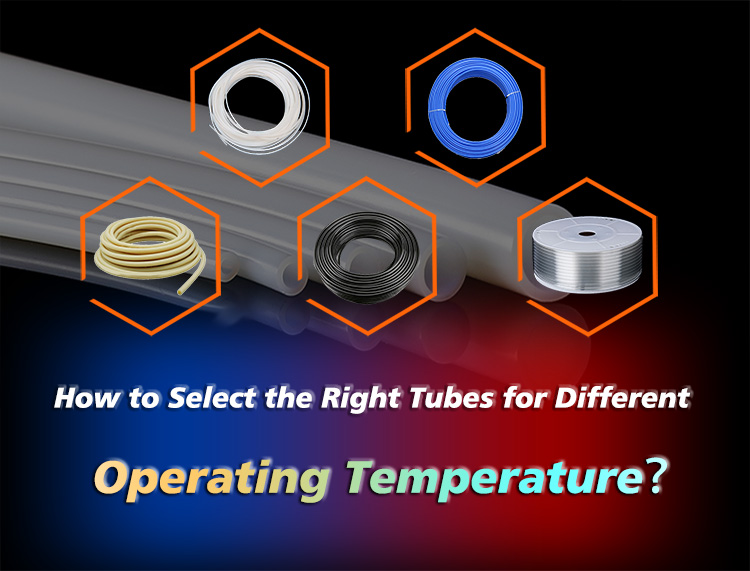
Temperature is one of the most important factors to consider when selecting tubing. High temperatures can cause some tubing materials to soften, degrade, or even release harmful substances. Conversely, low temperatures can make certain tubing materials harden, become brittle, or even crack.
Therefore, selecting the appropriate tubing according to the ambient temperature is crucial. Below, we list suitable tubing materials for different temperature ranges to help readers make informed choices.
Tempurature |
PTFE (Polytetrafluoroethylene): Temperature range: -200°C to 260°C. PTFE belongs to the fluororesin tubing, which has excellent cold resistance, an extremely low friction coefficient, and outstanding chemical resistance, making it resistant to most acids, alkalis, oxidizers, and organic solvents. However, PTFE is expensive and has poor mechanical properties.
PFA (Perfluoroalkoxy Polymer): Temperature range: -200°C to 260°C. PFA has a similar molecular structure to PTFE, offering nearly identical temperature resistance while improving processability and mechanical strength.
FEP (Fluorinated Ethylene Propylene): Temperature range: -200°C to 200°C. Compared to PTFE, FEP has better processability and higher transparency. It is also a more environmentally friendly material, suitable for direct contact with food and pharmaceuticals.
ETFE (Ethylene Tetrafluoroethylene): Temperature range: -100°C to 150°C. ETFE has lower temperature resistance than other fluoropolymers but offers a good balance of chemical stability, mechanical strength, and processability at a relatively lower cost.
Low-Temperature Silicone Tube: Temperature range: -100°C to 200°C. It is highly flexible, aging-resistant, and weather-resistant, making it suitable for applications such as frozen food processing, liquid nitrogen transport, and low-temperature laboratories.
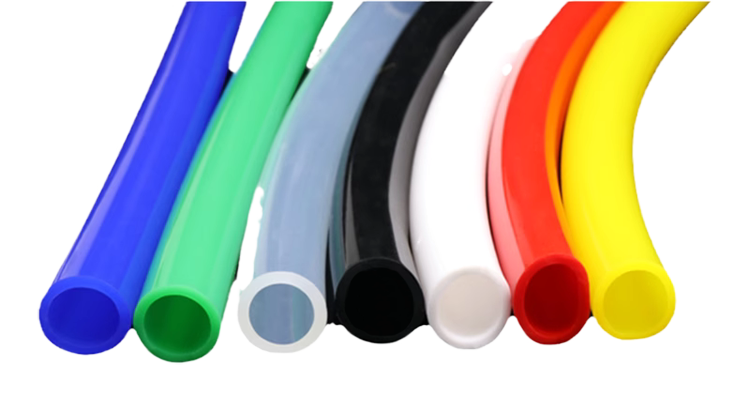
Rubber: Temperature range: approximately -50°C to 80°C. It has excellent elasticity, wear resistance, and tear strength.
Vulcanized EPDM (Ethylene Propylene Diene Monomer Rubber): Can withstand -60°C to 170°C, with short-term resistance up to 200°C. It has excellent overall properties but poor oil resistance, making it suitable for specialized industrial applications.
PA11/PA12 (Polyamide 11/12): Temperature range: approximately -50°C to 100°C. These materials have exceptional low-temperature performance, low moisture absorption, and excellent chemical and weather resistance. PA11 and PA12 have similar properties. For detailed differences, refer to the What Are The Differences In Nylon
PVC (Polyvinyl Chloride): Temperature range: approximately -15°C to 60°C, with short-term resistance up to 100°C. While PVC has poor heat resistance, it is cost-effective and widely used in general water pipes.
PP (Polypropylene): Temperature range: approximately 0°C to 95°C, with slight variations among different PP types. The most heat-resistant PP-R pipe can withstand -20°C to 95°C, with short-term resistance up to 110°C to 120°C. It has excellent acid and alkali resistance, commonly used in hot and cold water pipelines and chemical fluid transport.
PU (Polyurethane): Temperature range: approximately -40°C to 80°C, with a short-term maximum of 100°C. PU tubing has excellent wear resistance, pressure resistance, and flexibility but poor chemical resistance, making it unsuitable for high-temperature or chemical applications.
PA6 (Nylon 6): Temperature range: approximately -30°C to 100°C, with a short-term maximum of 120°C. It has good impact resistance and wear resistance but absorbs moisture easily, making it unsuitable for humid environments.
PE (Polyethylene): Temperature range: approximately -40°C to 60°C. LDPE has lower heat resistance and deforms easily, while LLDPE and HDPE offer better heat resistance, withstanding up to 70°C and short-term exposure above 80°C.
EPDM (Ethylene Propylene Diene Monomer Rubber): Temperature range: -45°C to 150°C. It has excellent weather resistance, chemical resistance, and flexibility.
ETFE (Ethylene Tetrafluoroethylene): Temperature range: -100°C to 150°C. Compared to other fluoropolymers, ETFE offers a good balance of properties.
PA66 (Nylon 66): Temperature range: -40°C to 120°C. It has high mechanical strength and wear resistance, making it suitable for high-pressure pipelines, fuel transport, and chemical applications under moderate temperature conditions.
PTFE/FEP/PFA: These fluoropolymers can withstand temperatures above 200°C. However, due to their high cost, they are typically used in specialized industrial applications where extreme temperature resistance is required. For a detailed comparison of fluoropolymer properties, refer to the How To Differentiate And Select Teflon Pipe?
High-tempurature Silicone Tubing: Temperature range: approximately -65°C to 300°C, with short-term resistance up to 350°C. It offers excellent heat resistance, corrosion resistance, pressure resistance, weather resistance, and flexibility but has poor oil resistance and average wear resistance.
FOKCA is a professional manufacturer of pneumatic components, producing a variety of high-quality fittings such as fluoroplastic, PU, PE, PA pipes, and pneumatic connectors. For more information, visit our Product page or contact us.
You can also visit our Blog page, where we offer a range of detailed articles, images, and videos to help you better understand plastic piping.
You May Interest In
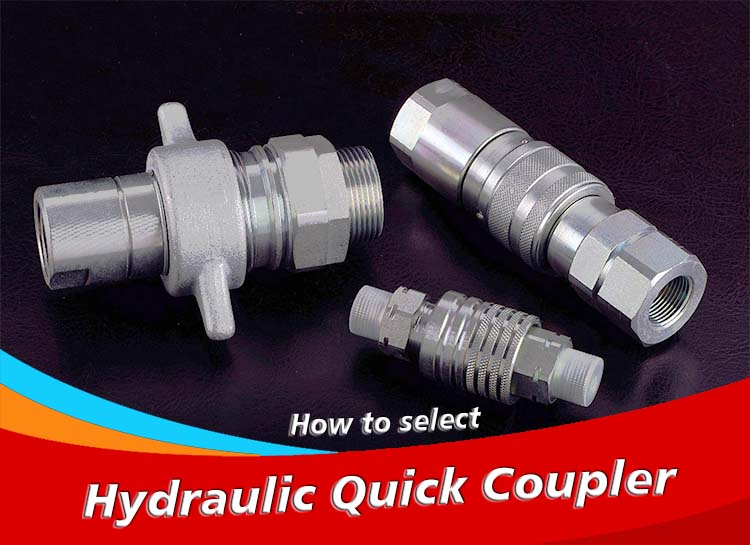
Feb 24, 2025 Blog
How to Identify Hydraulic Quick Couplers?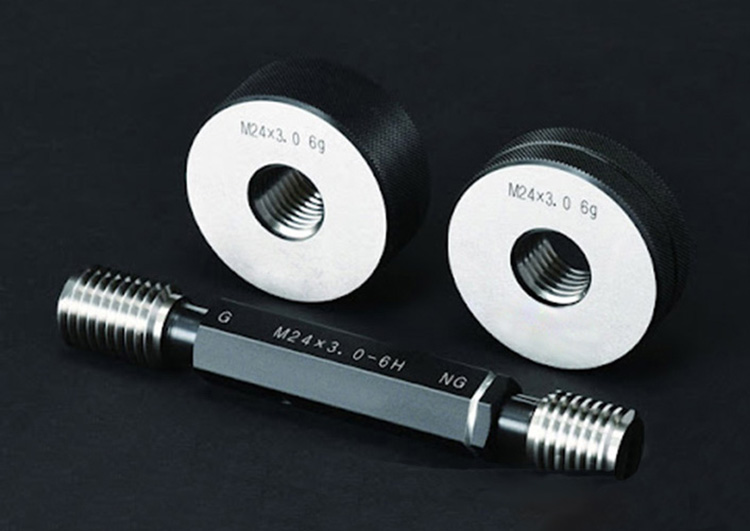
Jan 21, 2025 Blog
How to Measure Pipe Thread?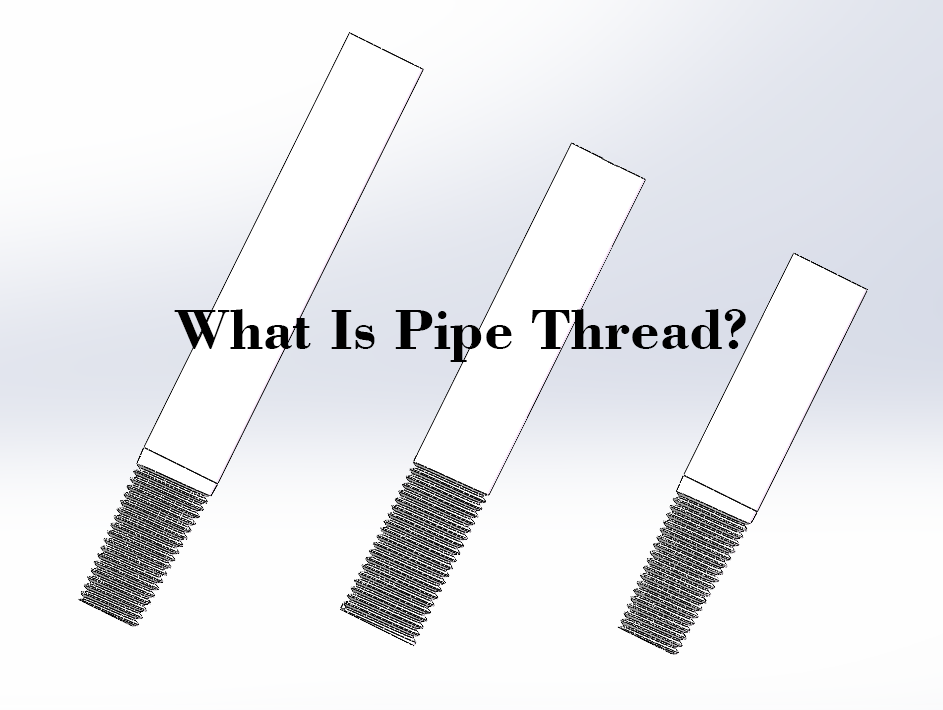
Jan 16, 2025 Blog
What Is Pipe thread?
Dec 04, 2024 Blog
Application Of Tube Fitting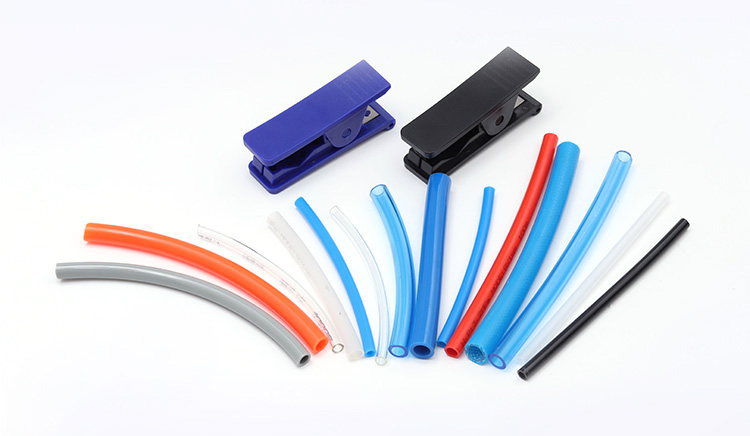
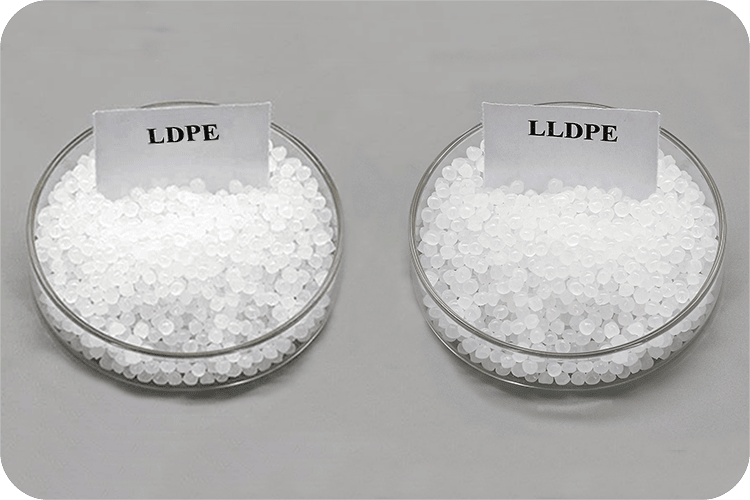
Jun 26, 2023 Blog
What Is The Difference Between LLDPE And LDPE?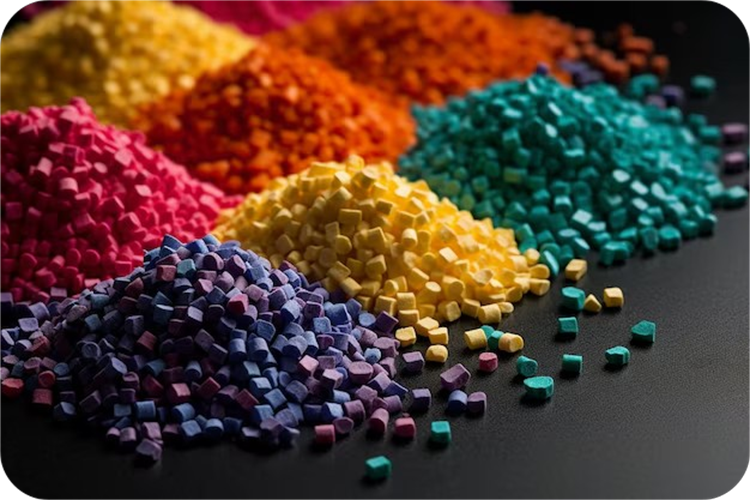
Jan 17, 2023 Blog
What Are The Classification Of Plastics?Links: www.fescolo.com(Pneumatic)
FOKCA ©1998-2025 All Rights Reserved Sitemap